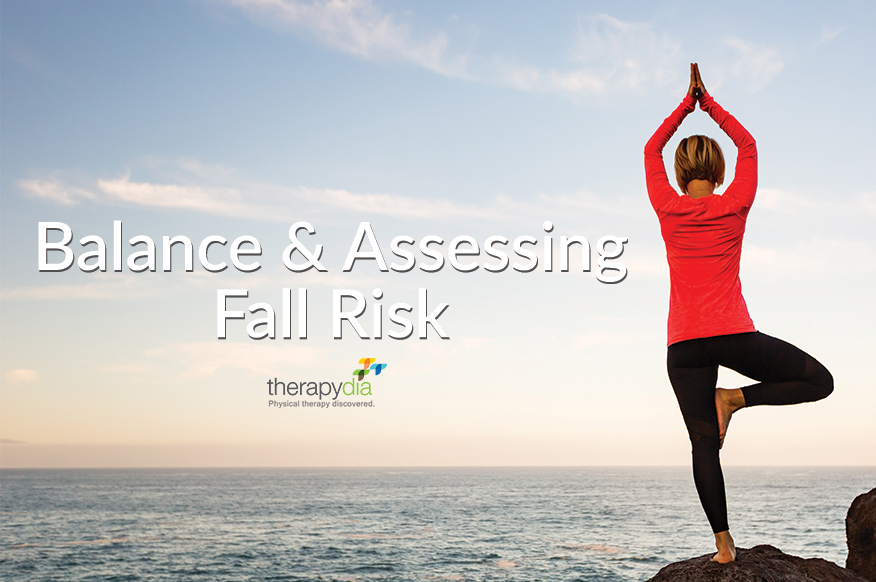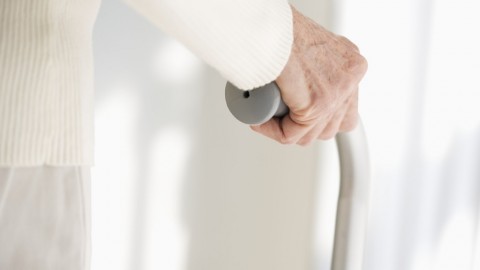Balance is our ability to maintain our center of mass over our base of support to keep us steady and upright. A properly functioning balance system allows us to see clearly while moving, know our orientation in respect to gravity, and helps to determine our speed and direction when we need to move.
To break it down, we have 4 bodily systems that make up our balance:
- Vision
- Proprioception or our awareness of our bodies positions
- Inner ear or our vestibular system and feeling of equilibrium
- Muscular system
Problems With Balance
Balance problems occur when one or more of these four systems are not working properly.
For example:
Our vision could be impaired from the normal aging process, poor lighting in a room, eye tracking issues, an old eyeglass prescription, and other diseases like cataracts or glaucoma.
Our proprioception or our body awareness could be impaired from diseases as well, including diabetes resulting losing sensation in the bottoms of our feet meaning that we don’t have the proper information from foot to brain and back to our foot on how our body should adapt to the ground beneath us.
Our vestibular system could be impaired from nutrition, trauma, or as you may have heard at one time or another your “crystals” being out of place in your ear, which is typically the cause of dizziness with a change in position, this is called BPPV.
Our muscular system could be impaired for several reasons including: lack of exercise or being sedentary which can happen due to lifestyle choices, disease or injuries, or due to actually having other causes of balance problems.
When we have problems with our balance, it is difficult to maintain stable and upright positions when standing, walking, and even when sitting. A person with poor balance may experience tripping, stumbling, dizziness, vertigo, and falling. These effects of irregular balance can make a person fearful of performing simple daily actives and as a result, they may lose strength, become frail, and lose coordination because of avoiding challenging activities or movements. The loss of balance and coordination can cause alterations to your daily life, and it is a physical therapists goal to help you overcome your balance issues to help you regain confidence with your movements.
Falls And Physical Therapy
One of the major and more serious outcomes of abnormal balance is a fall. Many older adults have experienced a fall or have worry that they may experience a fall. In fact, every 15 seconds an older adult is seen in the ER for a fall related injury and 50-75% of older adults living in nursing homes fall annually.
A fall can be scary but there are ways to test to see if you are on the fall risk spectrum and if so, how we can prevent injury with a fall.
To determine if you are on the fall risk spectrum, your physical therapist will have you perform five tests:
- Berg Balance Test (takes you through 14 different testing positions looking at dynamic balance activities)
- TUG (is the Timed Up and Go test that looks at the time it takes to stand up, walk a certain distance, turn around, and sit back down)
- SL (single leg balance with eyes open)
- 5 times sit to stand
- Self-Selected Walking Speed.
With all of these tests a picture is provided to your physical therapist on your mobility, strength, endurance, balance, and movement patterns.
Once your physical therapist has determined your fall risk, they will work with you on how to improve your muscle strength, flexibility and balance. We will also work on fall recovery training which will help you to fall more safely.
If you feel that physical therapy can help with your balance or you are interested in more information on assessing your fall risk, give one of our offices a call.






